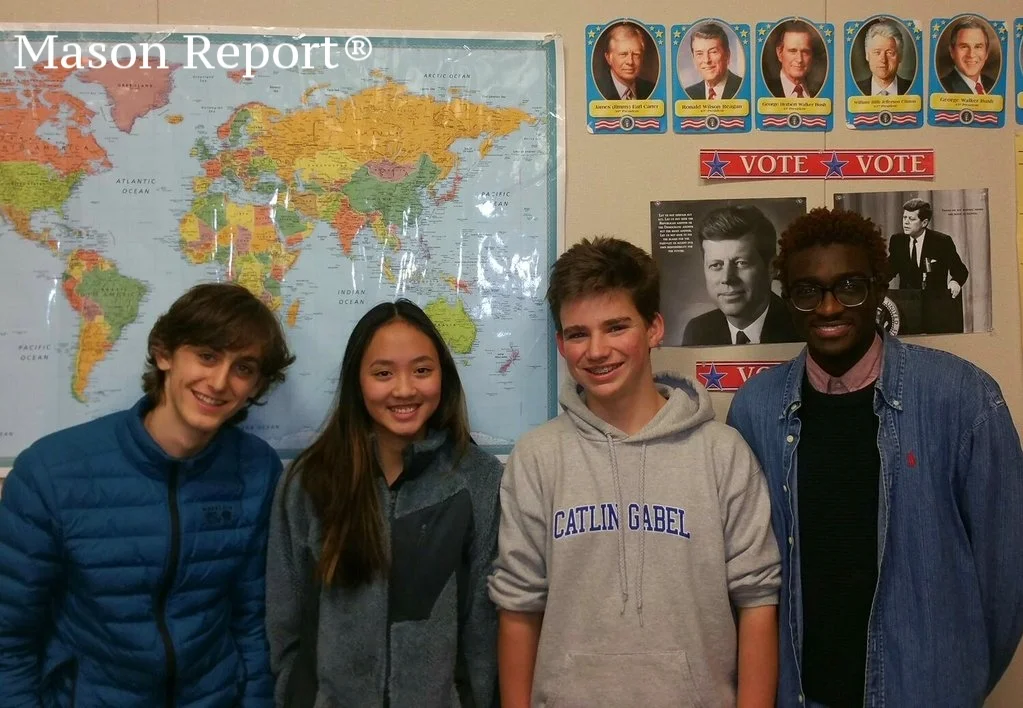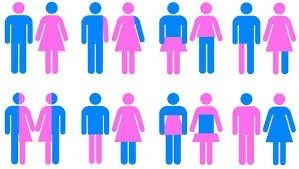The Growing Threat Faced By Transgender People
When I think about law and policy, I ask (because I am educator): a) is this equitable for our students? b) is this the best we can do (with where we are and the resources we have)? and c) how can we make this better? At least, I believe these are the intrusive thoughts faced by “good” educators, educators that are working toward an equitable and advantageous future for all students. The past few weeks I have deeply reflected on the status of transgender bodies in our country. I think about North Carolina’s bathroom fight, University of Tennessee stripping its diversity initiatives of $463,700, and Mississippi authorizing religious groups and small businesses to discriminate against LGBTQ+ people.
I am black, transgender, and from a low-income background. I am working myself beyond exhaustion in graduate school hoping to facilitate change and access for students of similar bodies and background as me, especially in a world where 65% of the 1,700 transgender folks murdered in the past seven years were sex workers. How do we create options, alternatives, and hope? What prompted this reflective analysis could be in part because this is my life. But also because I have been thinking about how this normalization of discrimination could be my life if I lived in a different state with different circumstances.
The Trans Murder Monitoring Project (TMM) is a project initiated by Transgender Europe, an organization dedicated to “a Europe free from discrimination, where each person can live according to their gender identity and gender expression without interference and where trans people and their families are respected and valued.” The TMM began in April 2009 as a means to systemically “monitor, collect, and analyze reports of homicides of trans and gender diverse people worldwide." Annually TMM reports updates for the International Day Against Homophobia, Transphobia, & Biphobia. It is in this update that the TMM reports that between January 2008 and November 2015 there were over 1,700 reported murders of transgender and gender-diverse identified people globally.
Although this is distressing, what is most concerning is that of the reported ages of the victims, 56% of them are under the age of 30 years old. More terrifying, 12% of these murders were of victims under the age of 18 years old. The United States accounts for some of the highest reported murders of transgender and gender-diverse individuals. This year alone in the United States there have been over 20 reported murders of trans and gender-diverse individuals, doubling the rates of last year. None of these murders have been prosecuted as hate crimes, and most of the victims were trans women of color. In fact, December of 2014 was the first time the FBI ever included gender identity as a type of basis in their annual hate crime statistics. When we also recognize two specific factors: 1) that suicide is the 2nd leading cause of death to young people between the ages of 10 and 24, and 2) 41% of transgender* individuals commit suicide — we have a growing epidemic.
It is through these numbers, which I comb through annually to honor and remember those in my community who we have lost, that I think about law and policy. If domestically, globally, and systemically we are overtly, violently, and insidiously showing young trans folks (and especially those of color) that their lives do not matter. What is some of the theory and opposing views fueling this climate of transphobia and bathroom fright, and b) what are some ways that educators can combat these statistics in schools in order to make these students feel like they matter.
























